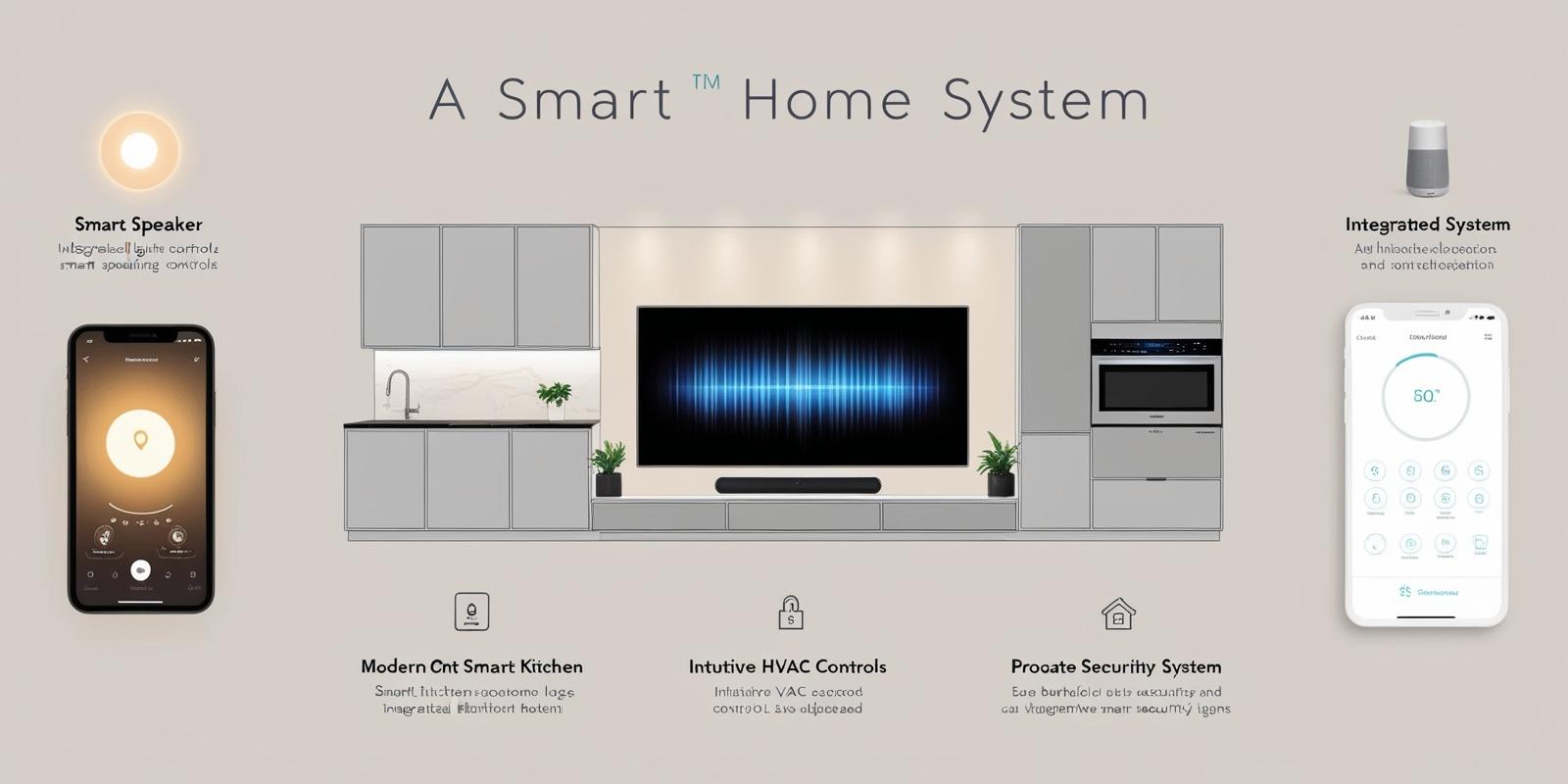The smart home market has witnessed remarkable growth over the past decade, driven by increasing consumer demand for convenience, security, energy efficiency, and connectivity. As technologies like the Internet of Things (IoT), artificial intelligence (AI), and 5G continue to evolve, the smart home ecosystem is becoming more sophisticated and accessible. This article provides a comprehensive analysis of the smart home market with a focus on regional trends and the competitive landscape shaping its future.
Regional Insights: Diverse Growth Patterns Across the Globe
The smart home market’s expansion varies significantly by region, influenced by factors such as technological infrastructure, consumer preferences, regulatory frameworks, and economic development.
North America has been a dominant player, led by high adoption rates of smart devices in the United States and Canada. The presence of tech giants, extensive broadband coverage, and high consumer awareness contribute to the region’s leadership. Smart security systems, voice-controlled assistants, and energy management solutions are particularly popular in this market.
Europe is another key market with strong growth, driven by energy efficiency initiatives and stringent regulations on carbon emissions. Countries like Germany, the UK, and France are investing heavily in smart metering, home automation, and renewable energy integration. The European market is also characterized by consumer demand for privacy and data security, influencing product development.
Asia Pacific is emerging as the fastest-growing smart home market, propelled by rapid urbanization, rising disposable incomes, and expanding internet penetration in countries such as China, India, Japan, and South Korea. China, in particular, is a significant driver due to its large consumer base and government support for smart city and smart home initiatives. The region shows increasing interest in affordable, entry-level smart home products alongside premium offerings.
Latin America and Middle East & Africa are smaller but promising markets. Growing awareness, improving infrastructure, and urban population growth are fostering smart home adoption. However, challenges related to affordability and connectivity remain barriers to faster growth.
The global smart home industry was valued at USD 84.5 billion in 2024 and is projected to reach USD 116.4 billion by 2029; it is expected to register a CAGR of 6.6%
Download PDF Brochure @ https://www.marketsandmarkets.com/pdfdownloadNew.asp?id=121

Competitive Landscape: Key Players and Market Dynamics
The competitive environment of the smart home market is dynamic, with established technology companies, startups, and new entrants vying for market share through innovation and strategic partnerships.
Tech Giants such as Amazon, Google, Apple, and Samsung dominate the market, leveraging their ecosystems to provide integrated smart home solutions. Amazon’s Alexa, Google Assistant, and Apple’s HomeKit platforms enable seamless control across devices, driving consumer loyalty and creating high entry barriers for competitors.
Specialized Companies like Honeywell, ADT, and Bosch focus on niche segments such as home security, HVAC control, and smart appliances. Their expertise allows them to deliver specialized solutions that complement broader smart home platforms.
Emerging Startups are introducing innovative products that address specific needs like energy management, elderly care, and home entertainment. These companies often partner with larger firms for distribution and technology integration.
The competitive landscape is also shaped by strategic alliances and mergers, which enable companies to expand product portfolios, enter new regions, and accelerate technological development. For example, collaborations between telecom operators and smart home device manufacturers are enhancing connectivity and bundled service offerings.
Technological Trends Driving Competition
Several technological trends are influencing the competitive dynamics of the smart home market. The integration of AI and machine learning allows devices to provide personalized experiences, predictive maintenance, and adaptive energy usage. Voice recognition and natural language processing continue to improve, making human-device interaction more intuitive.
Edge computing and 5G connectivity reduce latency and enhance device responsiveness, crucial for real-time applications like security monitoring and smart lighting. Additionally, interoperability standards such as Matter aim to solve compatibility issues across different brands, fostering a more cohesive smart home environment and intensifying competition based on user experience.
Challenges and Opportunities
Despite the strong growth prospects, the smart home market faces challenges including concerns over data privacy, cybersecurity risks, and fragmented standards. Consumer skepticism about data usage and potential breaches could slow adoption unless companies prioritize security and transparency.
On the opportunity side, the increasing demand for sustainable and energy-efficient homes creates avenues for innovation in smart energy management. The aging global population also opens markets for assistive smart home technologies designed for elderly care and remote health monitoring.
The smart home market is poised for continued expansion globally, with regional nuances shaping adoption rates and consumer preferences. North America and Europe maintain leadership roles, while Asia Pacific emerges as a hotbed of growth and innovation. The competitive landscape is vibrant and evolving, driven by tech giants, specialized firms, and agile startups investing in AI, connectivity, and interoperability.
As the market matures, companies that prioritize seamless integration, robust security, and user-centric innovation will stand out. Understanding regional insights and navigating competitive dynamics will be key to capitalizing on the vast opportunities in the smart home sector.
